Life on Portugal's Coast of Kings, where Ian Fleming met the triple-agent whose gambling inspired 'Casino Royale'
Once a quiet fishing village west of Lisbon, Cascais became an unlikely hive of activity during the Second World War, attracting regal refugees and intelligence operatives in equal measure. Russell Higham investigates its enduring glamour — and its connection to Casino Royale.
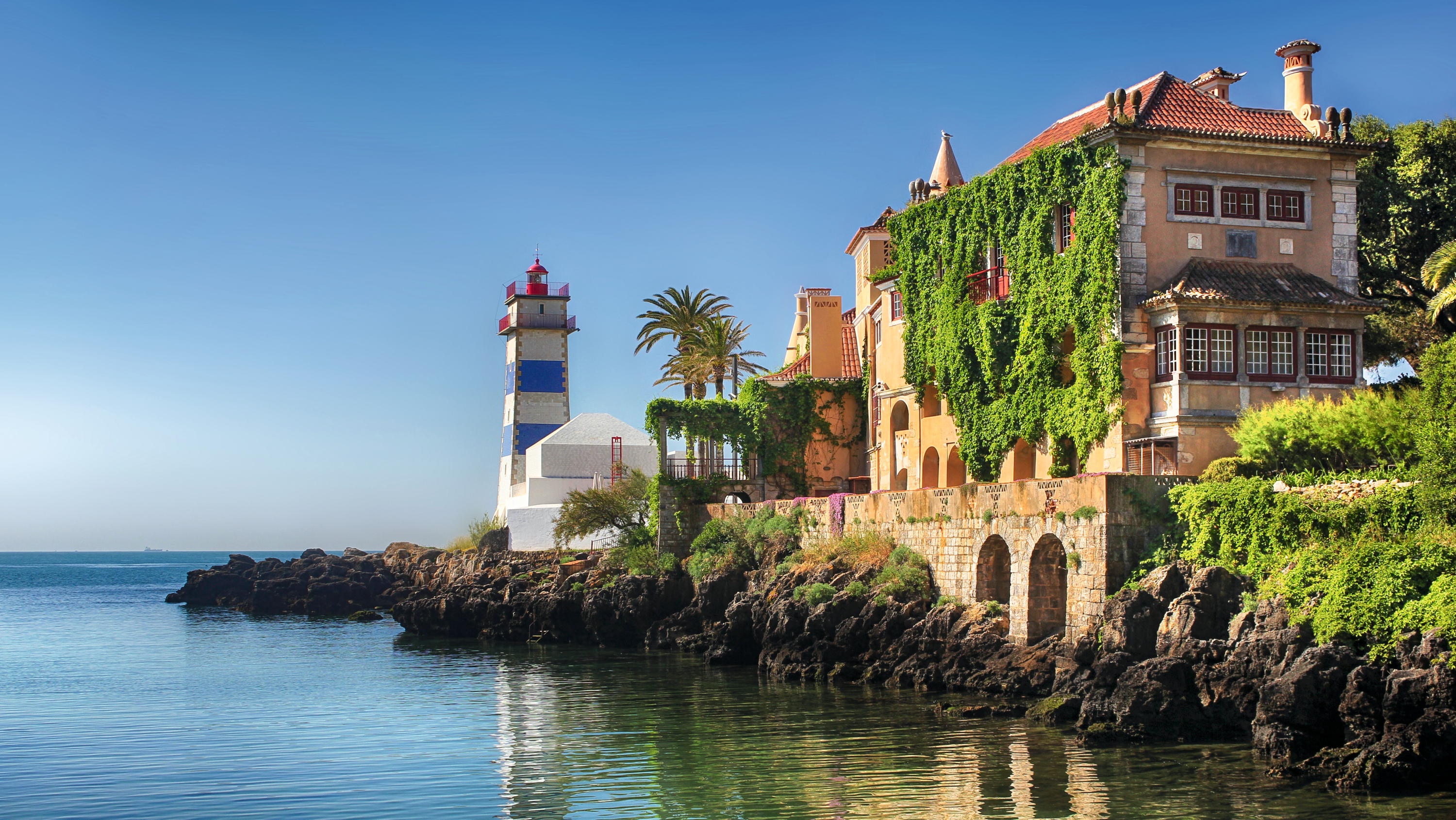
The Portuguese coastline stretching out from Lison has long been nicknamed Costa dos Reis — the Coast of Kings) and for good reason. Fernando II of Portugal built his summer castle retreat, Pena Palace, in the mountains above Sintra, a short drive from the coast, turning the area (now part of the Sintra Cascais National Park, a UNESCO World Heritage site) into the European Romantic capital of the 19th century.
Lord Byron deemed it ‘glorious Eden’ when he visited nearby Monserrate — a Moorish palace with sublime parklands where a redesigned rose garden was officially opened in 2011 by the then Prince of Wales and Duchess of Cornwall. Luis of Portugal moved downhill (topographically, not metaphorically) in the 1870s with the siting of his summer residence in the Citadel of Cascais. The fashionable and wealthy followed, transforming a once quiet fishing village into the chic and cosmopolitan resort it remains today.
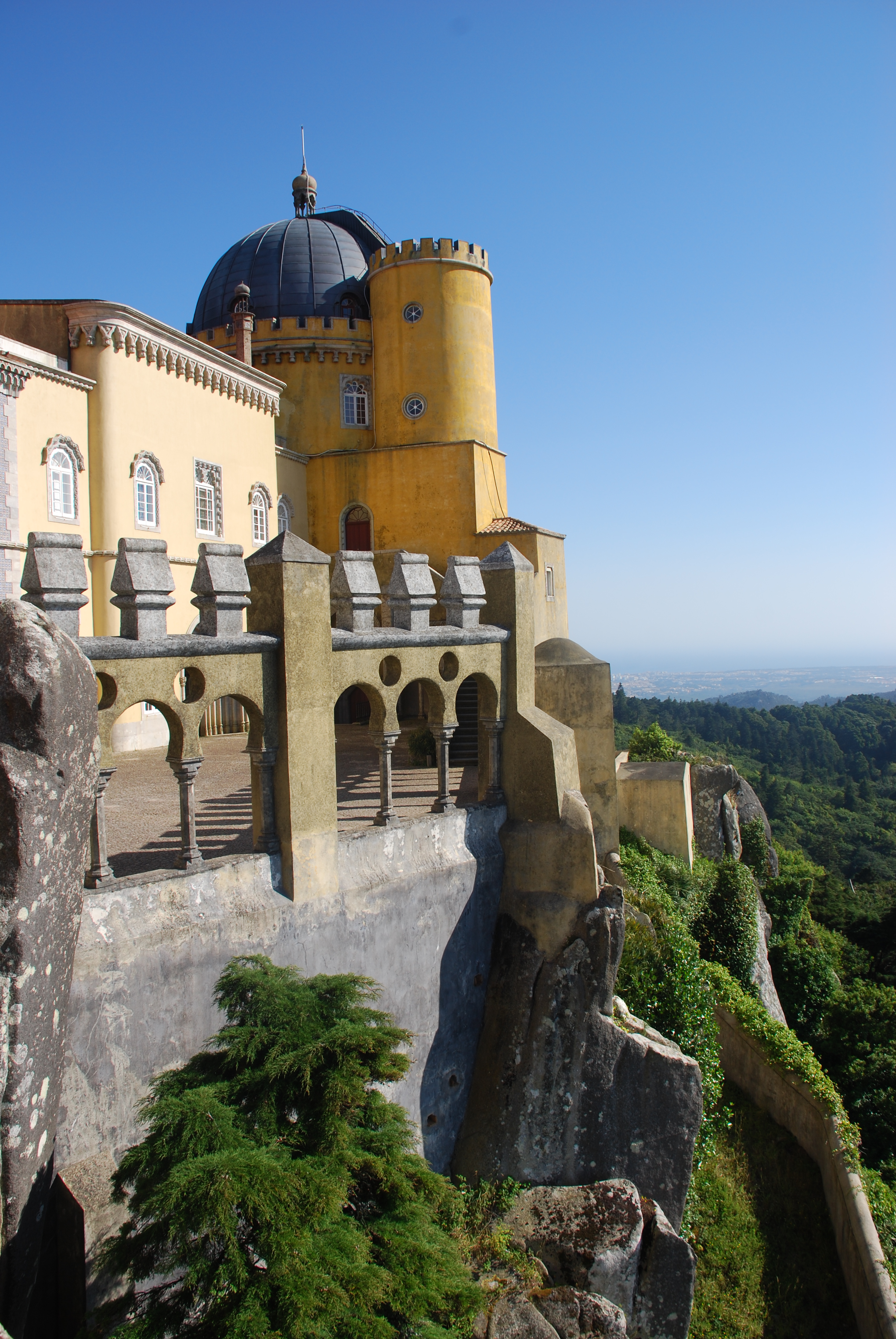
In the 1940s, however, it was the death and destruction raining down upon the rest of Europe and North Africa that resulted in these rich, regal and political refugees taking shelter in the Portuguese sun. Antoine de Saint-Exupéry, author of The Little Prince who stayed at the Hotel Palácio Estoril, wrote: ‘In 1940 Cascais, happiness was staged so that God could believe it still existed.’
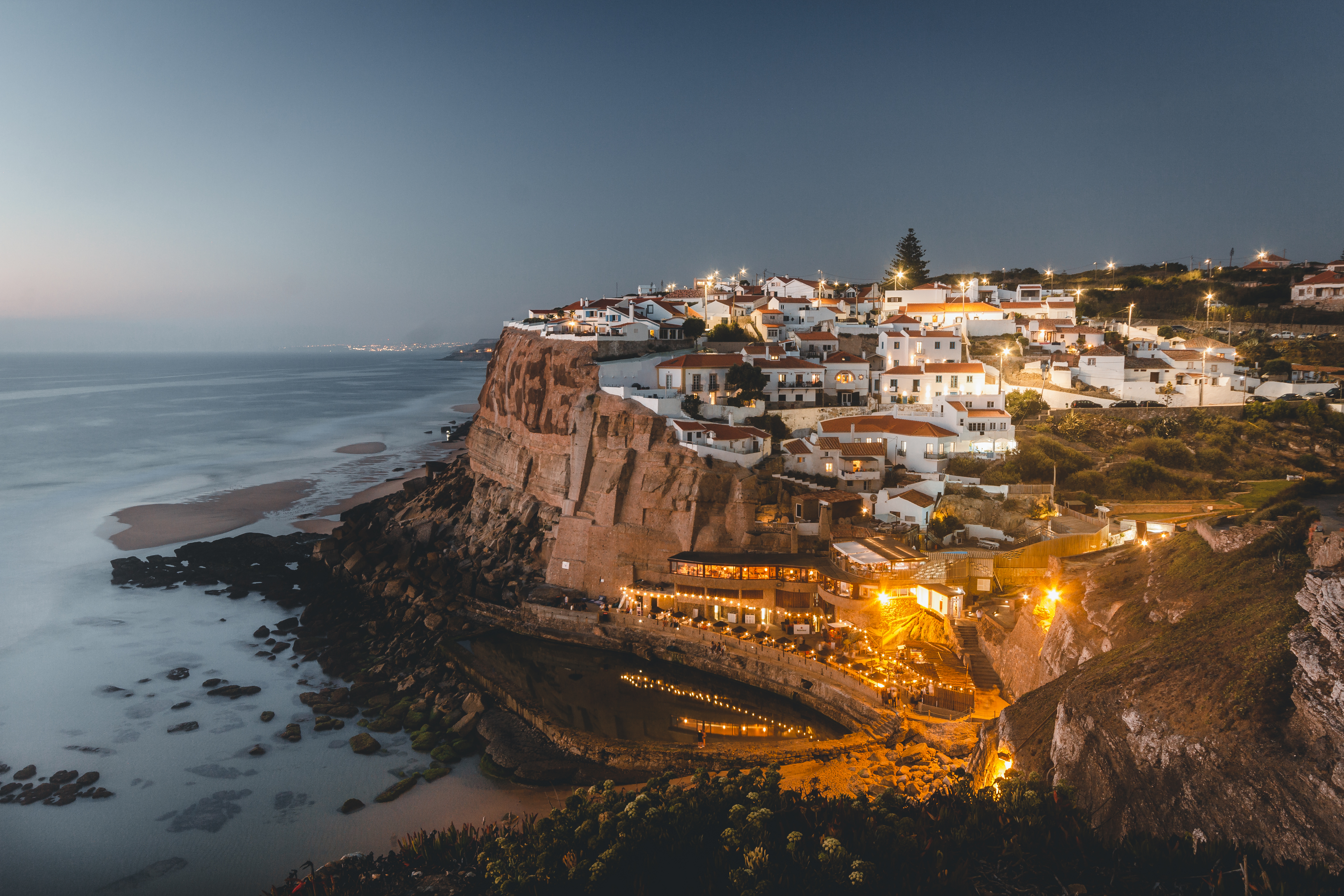
Many of Cascias's buildings are erected right on the very edge of Portugal's distinctive red cliffs.
The Hotel Palácio Estoril, completed in 1930 and one of the grandest hotels on the coast (www.palacioestorilhotel.com), was the residence of choice for the Spanish, Italian, French, Bulgarian and Romanian royal families (and is still frequented by their descendants), as well as the actress and socialite Zsa Zsa Gabor, film director Charles Guggenheim and British economist John Maynard Keynes. It was also a meeting ground for the world’s spies, who descended upon Cascais and Estoril to ply their tradecraft, stealing secrets and spreading misinformation among rival Intelligence agents from both the Allies and the Axis powers of Germany and Italy.
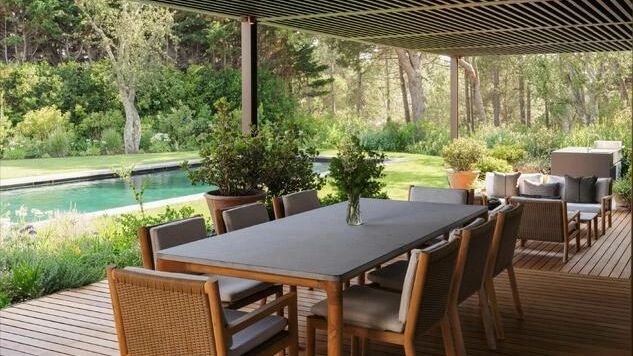
This magnificent €20 million villa is in Quinta de Marinha, just outside the centre of Cascais. For sale through Knight Frank.
The most famous of these was Ian Fleming, who checked into the Palácio, the Allies’ favoured hotel, on May 20, 1941. He recorded his occupation as ‘government official’ in the register, now on display in the hotel’s historic Royal Gallery. In reality, Fleming, a Naval Intelligence Officer, was there to oversee Operation Goldeneye — maintaining links with Gibraltar in the event that Franco’s Spain aligned with, or was invaded by, Axis powers. It was also the ideal spot to keep an eye on the Serbian triple agent Duško Popov, who regularly met his German handler in the Palácio’s cocktail bar.
The Spy Who Knew Me
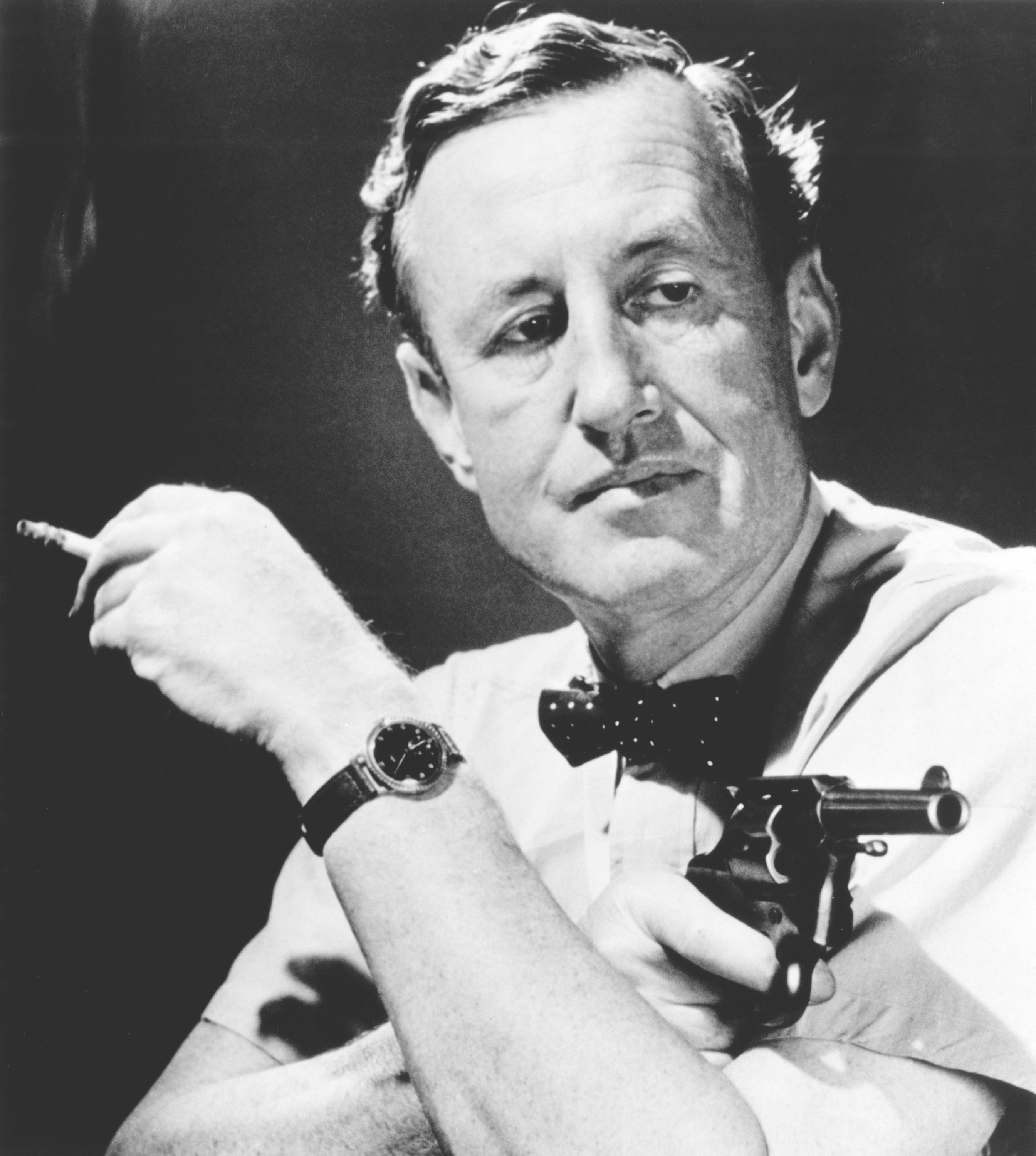
To follow in the footsteps of James Bond, visit the concierge desk of the Hotel Palácio Estoril and ask for José Diogo, who has worked there for more than 60 years. In the 1969 film On Her Majesty’s Secret Service, a 19-year-old Senhor Diogo can be seen handing a room key to 007 (portrayed, on this outing, by George Lazenby) — ask nicely and he will re-enact the scene, with you playing the world’s favourite spy. Or have him book you a boat from the nearby marina out to Fortaleza do Guincho, a 17th-century fortress that now houses a Michelin-starred restaurant. Request a table overlooking the beach below where, in the film, Lazenby rescues Diana Rigg (playing Contessa Teresa di Vicenzo, who later becomes Mrs ‘Tracy’ Bond). It’s the ideal place to linger at sunset, especially if you have ‘all the time in the world’.
A post shared by Palácio Estoril Hotel, Golf & Wellness (@hotelpalacioestoril)
A photo posted by on
Despite being recruited by the Abwehr, Popov was sympathetic to the Allies and tried to warn the FBI about impending attacks on Pearl Harbour, but was distrusted and ignored by its director J. Edgar Hoover. He did, however, play a successful part in Operation Fortitude, the Allied plot to deceive the Germans about the location of 1944’s D-Day landings.
It is rumoured (although unproven) that Fleming once observed Popov — a suave playboy on whom Fleming is thought to have based James Bond — using his mission expenses in a high-stakes game of baccarat at the Estoril Casino next door; an episode which, if true, may have directly inspired his first 007 novel, Casino Royale.
Exquisite houses, the beauty of Nature, and how to get the most from your life, straight to your inbox.
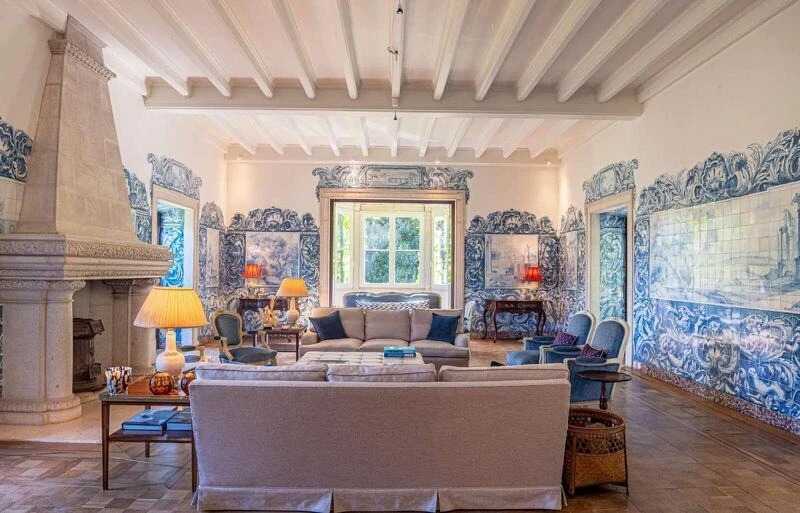
This 16th century estate centred on Sintra has 12 bedrooms, exquisite equestrian facilities and over 100 acres. €24 million via Christie's.
From his room on the Palácio’s third floor, Fleming could observe Gestapo agents congregating at Pastelaria Garrett, the café opposite where locals enjoy treats today, such as pastel de nata (created by Lisboan monks). The German spies’ cheap suits contrasted with the Allied agents’ classic Savile Row tailoring and even more so with the ultra-modish attire of the rich refugees — a source of disdain to conservative locals. Peggy Guggenheim caused quite the stir among the Cascalenses, and not only with the fashionably louche cut of her clothes. ‘Peggy would go swimming naked in the waters off Cascais and make passionate love with her then partner Max Ernst on the rocks below the Casa de Santa Maria,’ reveals Neill Lochery, professor of Mediterranean and Middle Eastern Studies at University College London and the author of Lisbon: War in the Shadows of the City of Light, 1939–1945.
Scandal would arise in July 1940, when a German/Spanish plot (known on the Continent as Operation Willi) was contrived to convince or coerce the Duke of Windsor to return to Spain — through which he had just fled from occupied France — where he would be ‘encouraged by the Nazis to take the throne in Britain as a kind of stooge king, following what they hoped was a successful German invasion,’ reveals Prof Lochery. Luckily, Winston Churchill had been alerted to the scheme (following the Duke’s unpatriotic remarks at the Ritz Hotel in Paris) and the Duke was swiftly extracted from Portugal and installed as the Governor of the Bahamas until 1945, far removed from the theatre of war.
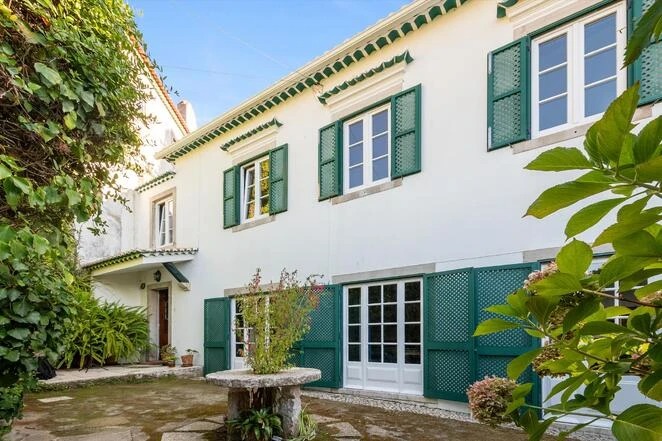
This five-bedroom home in Sintra is full of charm. Knight Frank, €1.45 million.
The dust has long since settled and, on my visit to the Palácio’s ‘Estoril Bar’, I spy more golfers discussing their handicaps over double gins than double agents handing over secret dossiers. The Palácio’s 18-hole, par-69 golf course, redesigned in 1936 by Mackenzie Ross, has frequently hosted the Portuguese Open. It’s also where British intelligence used to meet local informants and pay them for services rendered during the war.
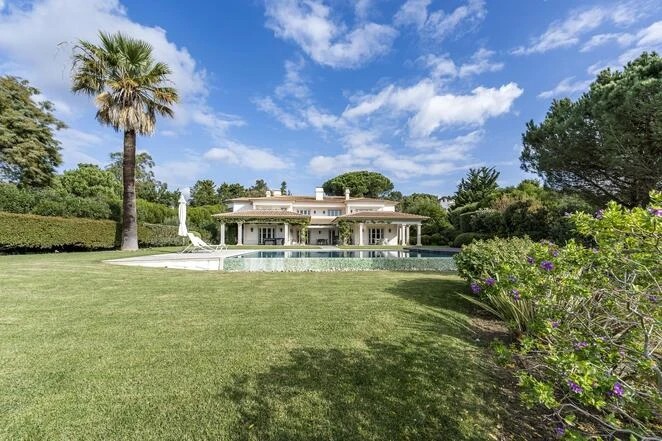
In Quinta Patino, just north of Cascais, this beautifully appointed seven-bedroom villa is priced at €13.5 million via Christie's.
Beautiful villas still line the grand avenues around the Palácio where secret agents once intermingled with the aristocracy. ‘The old money is still in Estoril,’ says Prof Lochery. ‘The town is, in many ways, like a time capsule from the 1940s.’
There’s definitely still a frisson of intrigue in the air, too. I spot what I’m reliably informed is a European countess sipping her Champagne cocktail, as a strong silent type in Fleming’s old chair (the one to the left of the bar) remains motionless, his eyes scanning the room behind dark sunglasses.
On the other hand, he could have simply fallen asleep. The vodka martinis they mix here are quite lethal — although perhaps not literally as lethal as when this coast of kings really was the world’s capital of espionage; a glamorous, but precarious refuge from a world torn apart by war.
Find property for sale in Portugal at Country Life's International Property Search portal.
An earlier version of this feature originally appeared in the June 25, 2025 issue of Country Life. Click here for more information on how to subscribe.
Russell Higham is a journalist and feature writer who has contributed to Country Life many times, as well as the BBC. The Times and the Daily Telegraph.
-
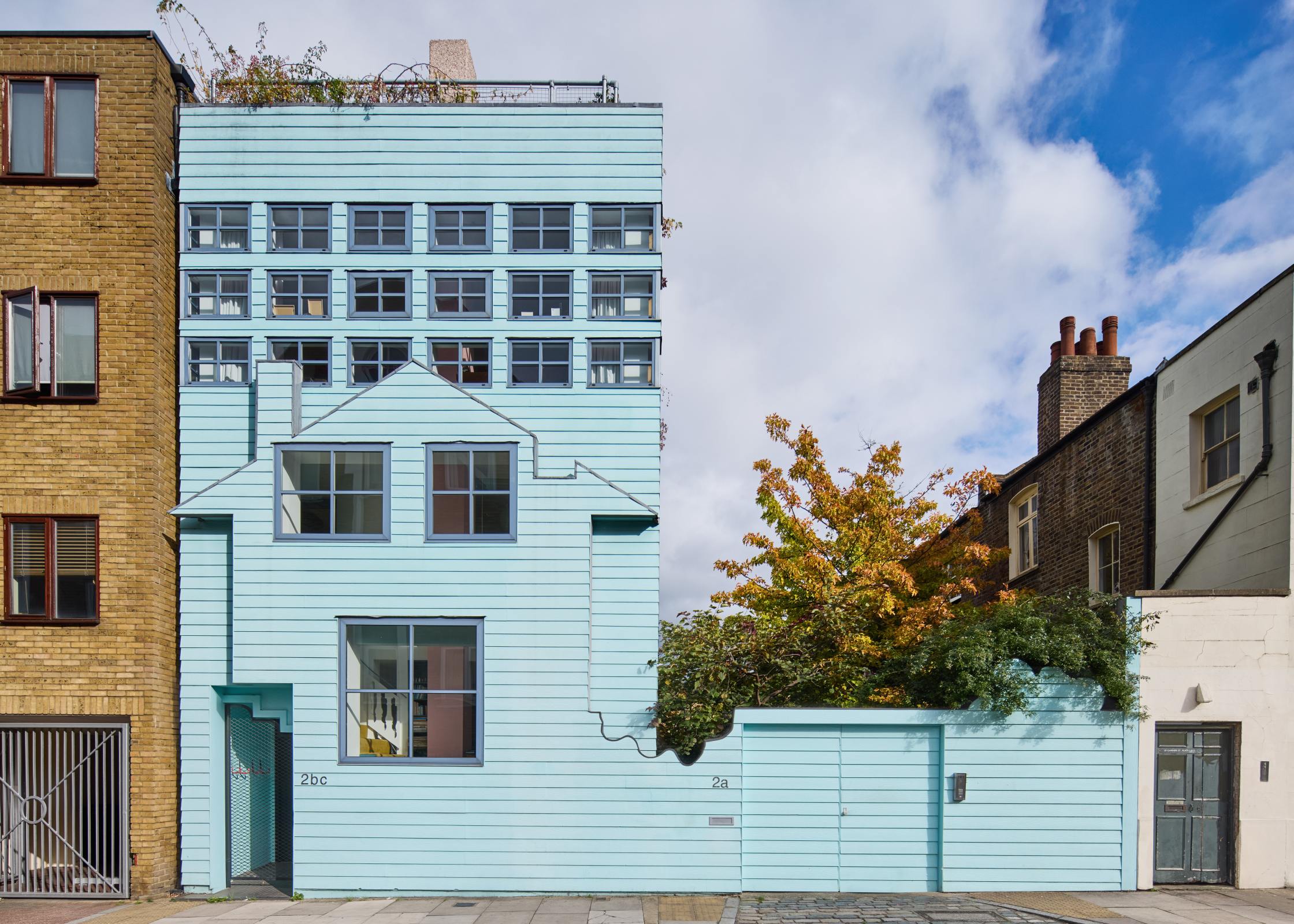 This house in glorious technicolour is the perfect antidote for the grey days of a British winter — so why don't more of us live in brightly coloured homes?
This house in glorious technicolour is the perfect antidote for the grey days of a British winter — so why don't more of us live in brightly coloured homes?It's not often that you see a home sporting the colour palette that you'd get if you hired a four-year old as your interior designer. But why not? The Blue House in Bethnal Green asks this and many more questions.
By Toby Keel Published
-
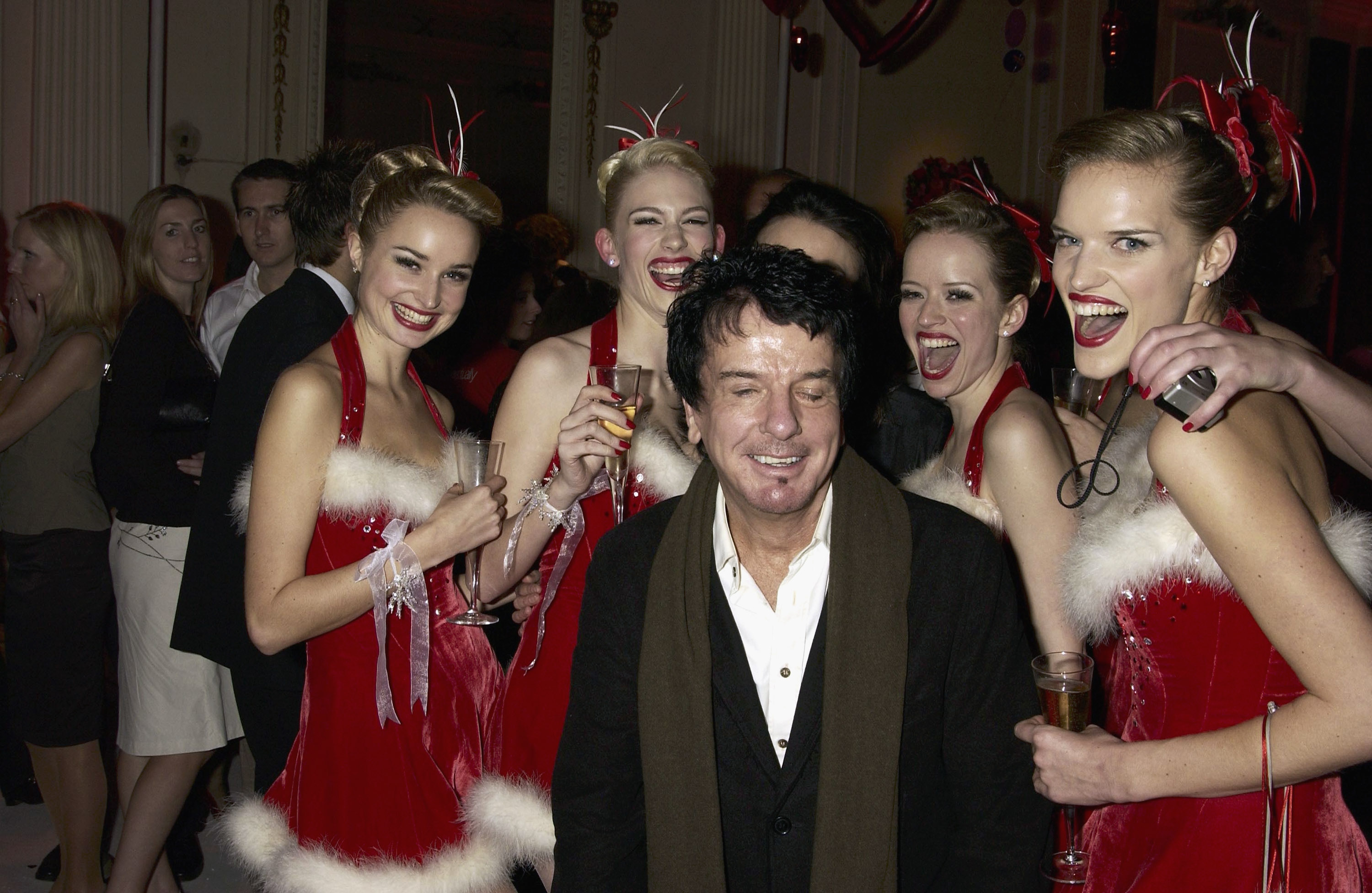 How common are you according to Nicky Haslam? Take our quiz
How common are you according to Nicky Haslam? Take our quizToday's quiz takes a detailed look at Nicky Haslam's annual list of things he finds common, and sells on a Christmas tea towel for £50.
By Country Life Published
-
 This house in glorious technicolour is the perfect antidote for the grey days of a British winter — so why don't more of us live in brightly coloured homes?
This house in glorious technicolour is the perfect antidote for the grey days of a British winter — so why don't more of us live in brightly coloured homes?It's not often that you see a home sporting the colour palette that you'd get if you hired a four-year old as your interior designer. But why not? The Blue House in Bethnal Green asks this and many more questions.
By Toby Keel Published
-
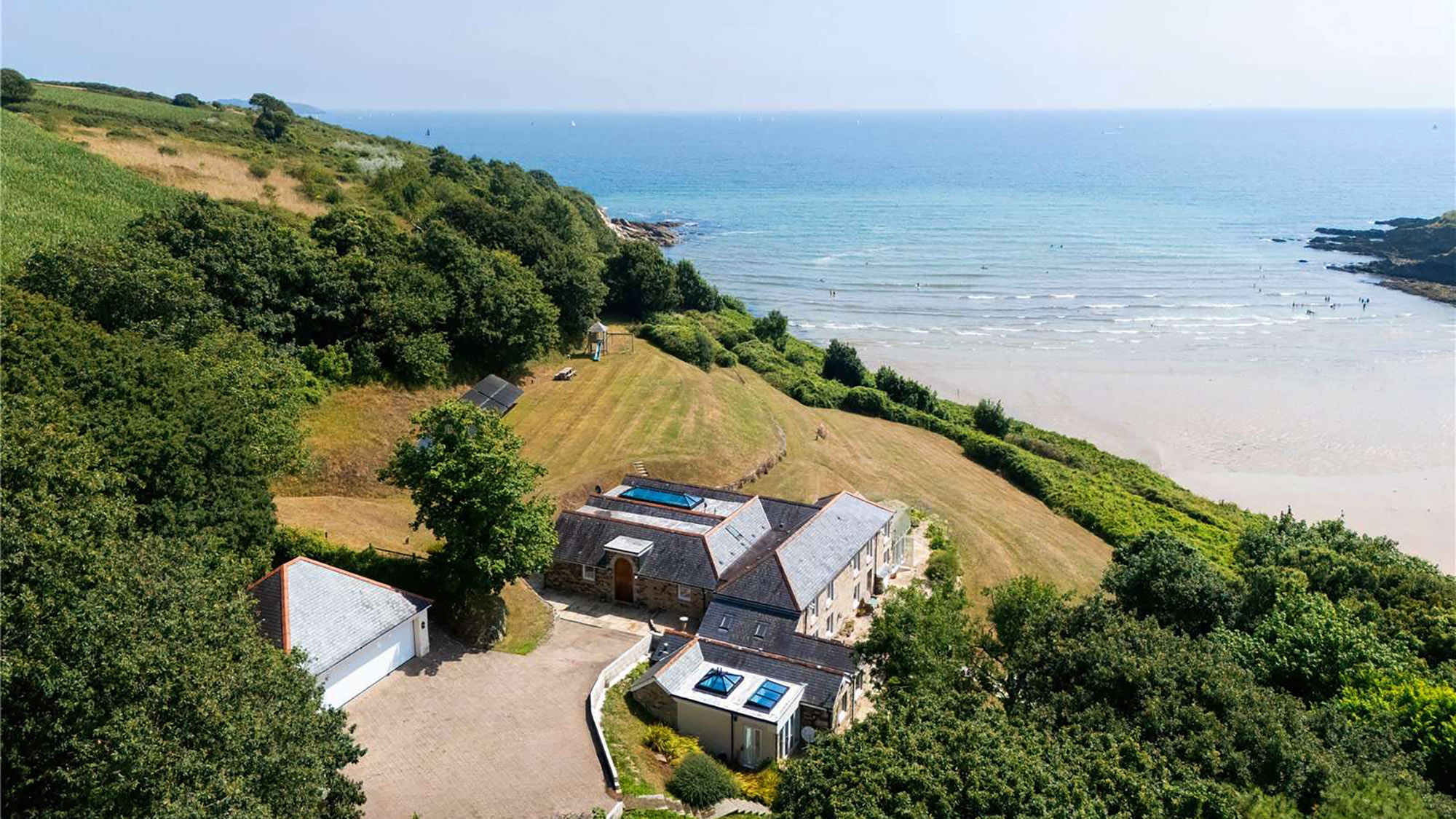 Five magnificent mansions, from a former monastery to an Art Deco wonder in the South Downs, as seen in Country Life
Five magnificent mansions, from a former monastery to an Art Deco wonder in the South Downs, as seen in Country LifeWonderful homes, including a superb beach home in Cornwall, all fresh on the market via Country Life.
By Toby Keel Published
-
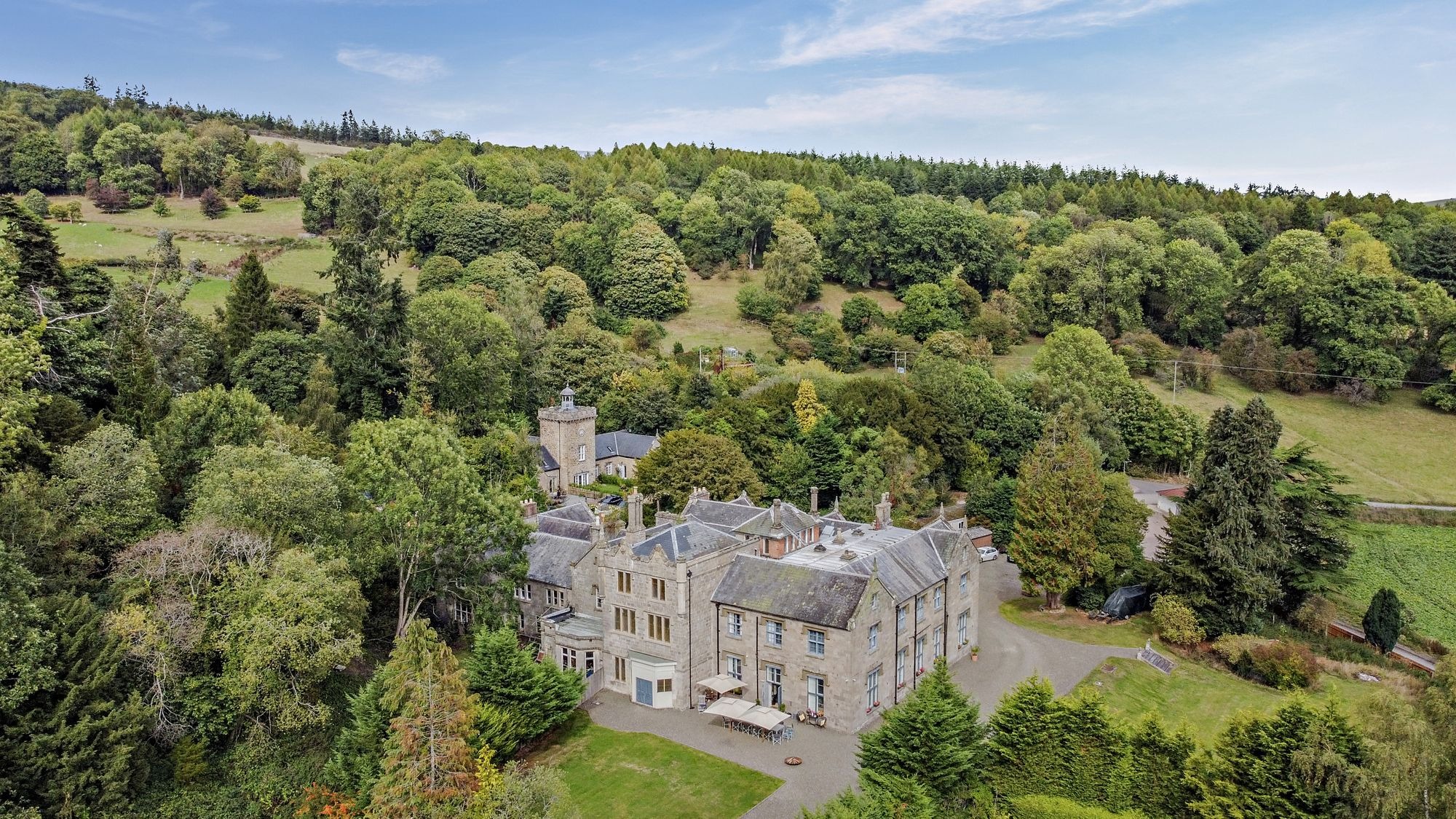 A 14-bedroom 'miniature Downton Abbey' to call your own — and there's not a penny of Mansion Tax to be paid
A 14-bedroom 'miniature Downton Abbey' to call your own — and there's not a penny of Mansion Tax to be paidNorton Manor is an incredible period home that's on the market for £1.3 million.
By Toby Keel Published
-
 The dream ski chalet for sale: Plan world domination and ski Japow at the same time
The dream ski chalet for sale: Plan world domination and ski Japow at the same timeEach week, James Fisher fantasises about a dream ski chalet he'd like to buy, but can't — from architecturally striking marvels, to cosy mountain retreats, and everything in between. This week, we are off to the top of the Rusutsu resort in Japan.
By James Fisher Published
-
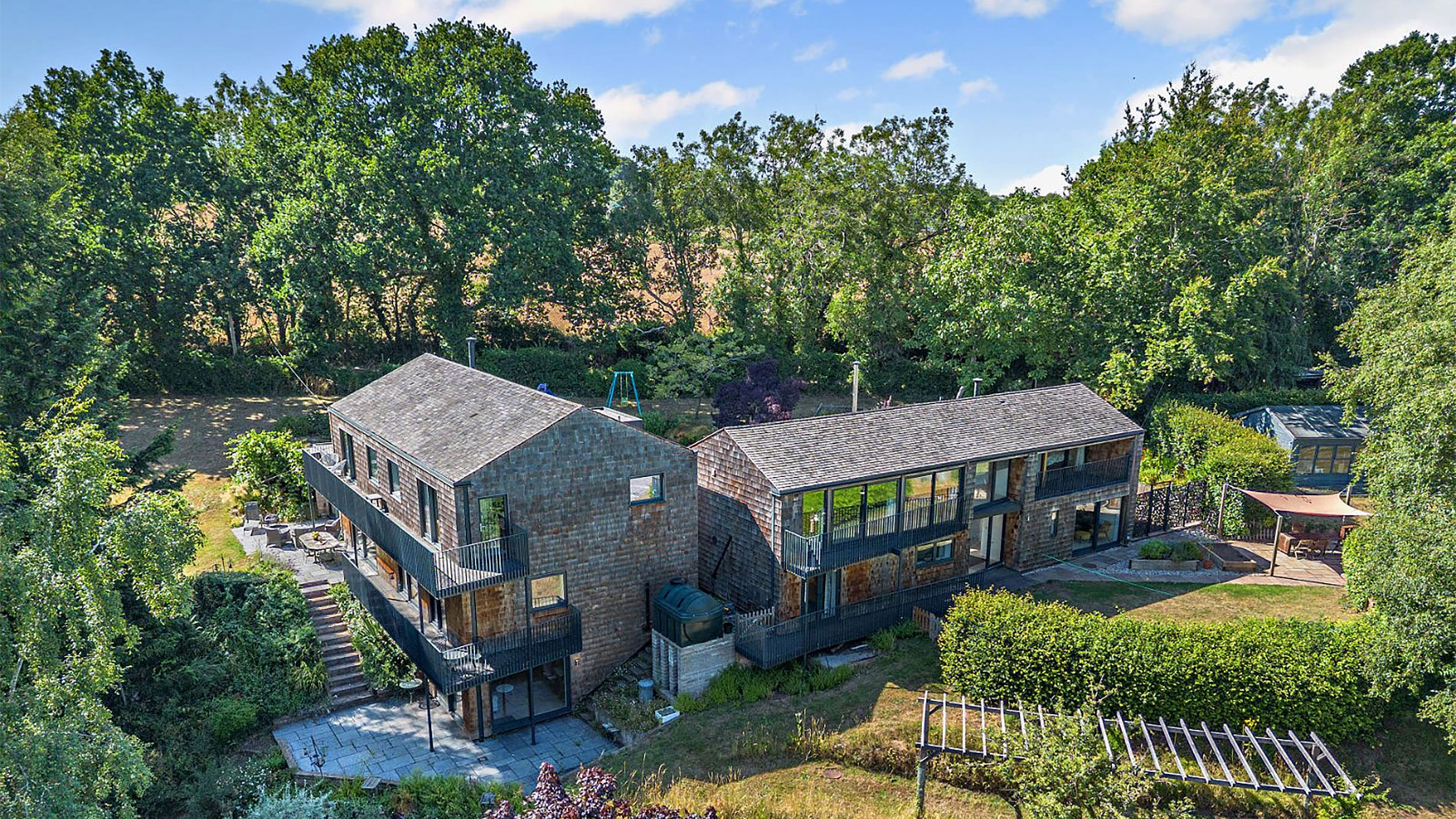 A country home that comes with a perfect lifestyle business: one of Britain's oldest vineyards
A country home that comes with a perfect lifestyle business: one of Britain's oldest vineyardsAstley Vineyard in Worcestershire, and the lovely house that it comes with, are looking for a new owner.
By Toby Keel Published
-
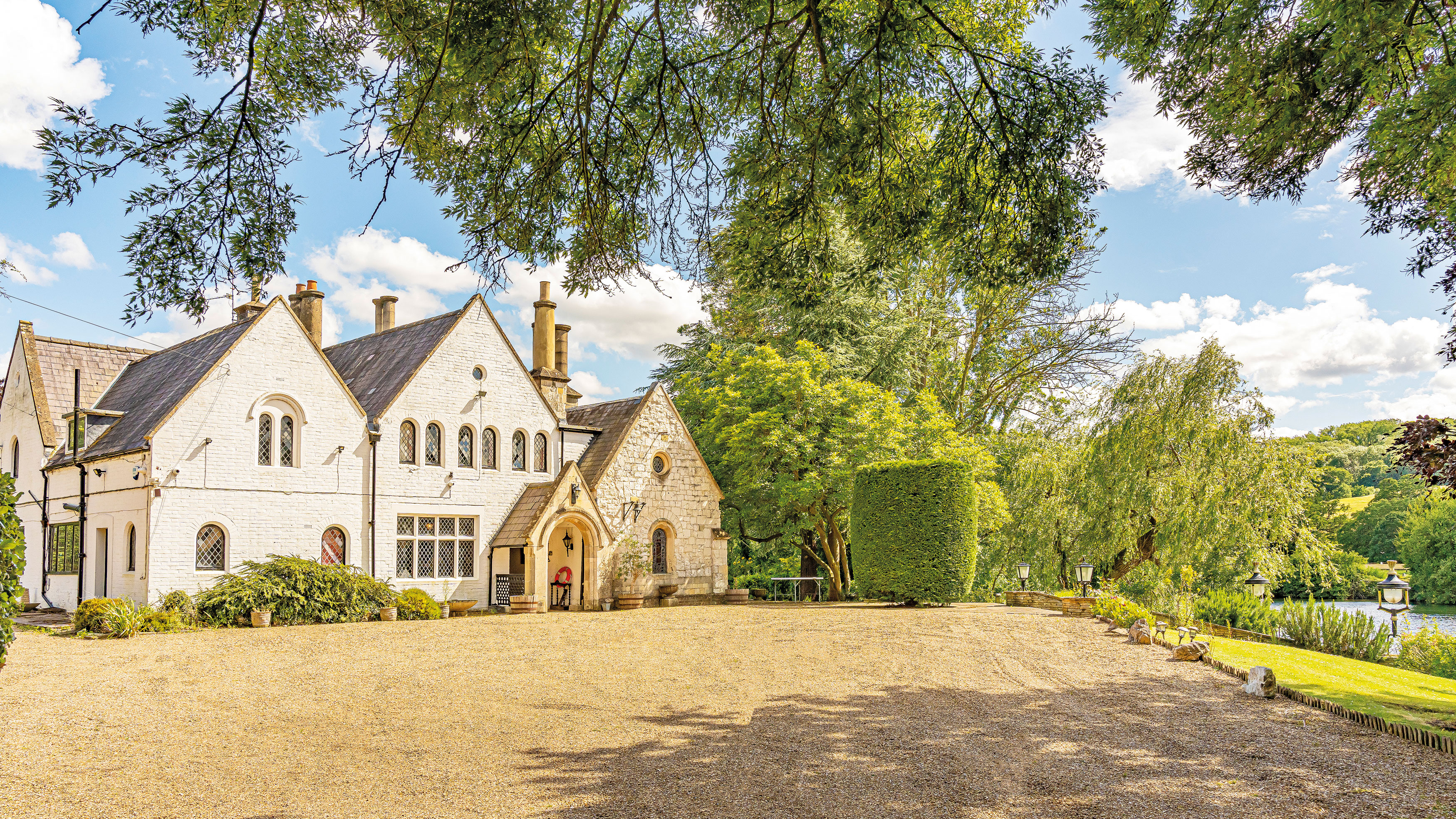 Magna Carta Island for sale on the Thames, complete with the stone tablet on which Magna Carta itself is said to have been sealed
Magna Carta Island for sale on the Thames, complete with the stone tablet on which Magna Carta itself is said to have been sealedThis beautiful house on a private island on the River Thames isn't just a charming home — it's one with an extraordinary tale to tell.
By Toby Keel Published
-
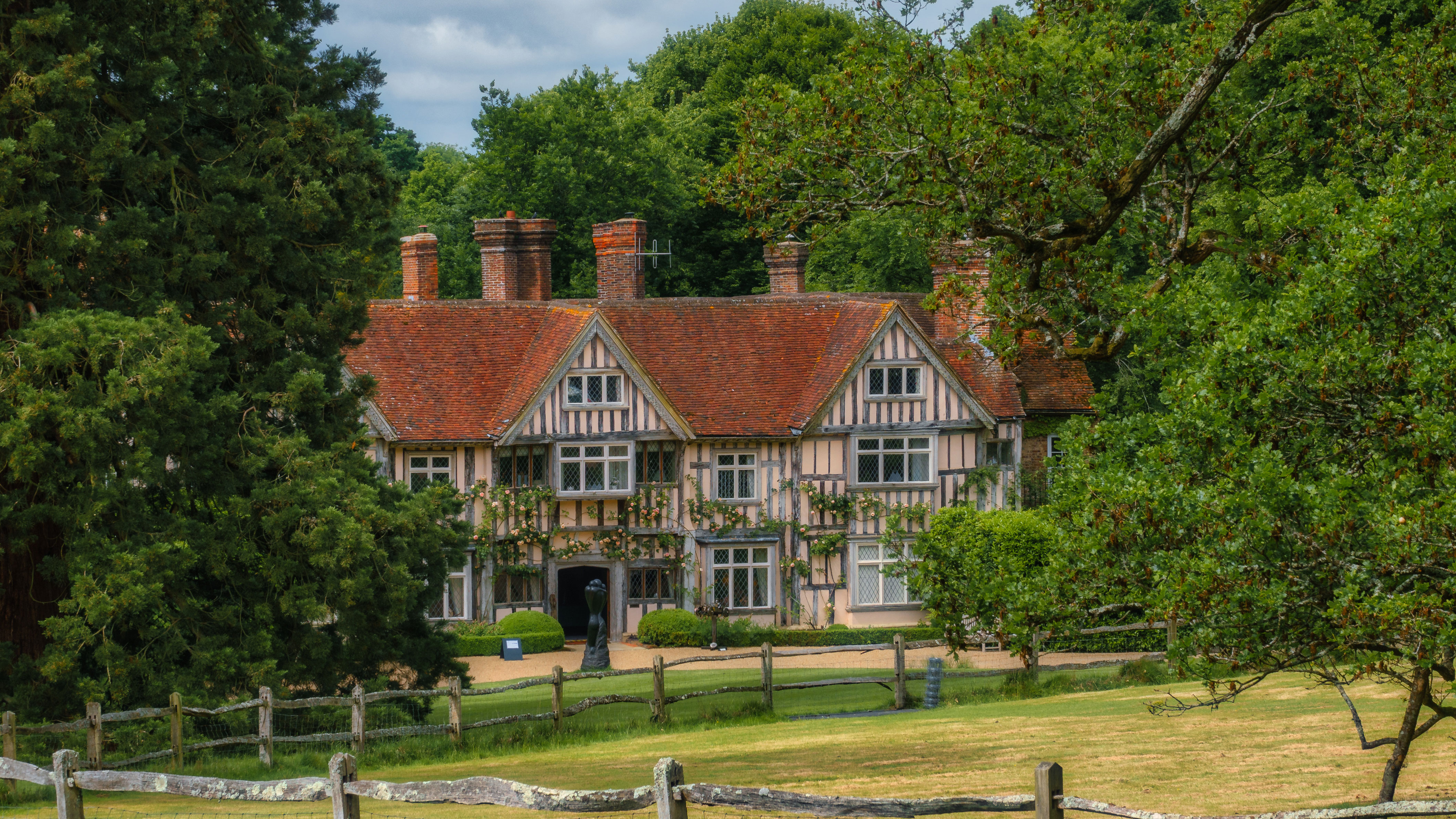 'Good news, let’s make the £20 million deal happen': The Mansion Tax that turned out to be 'the least worst outcome for prime property', and the places that will be hit
'Good news, let’s make the £20 million deal happen': The Mansion Tax that turned out to be 'the least worst outcome for prime property', and the places that will be hitWhere in Britain are the £2 million homes set to be hit by the Mansion Tax? Anna White takes a look.
By Anna White Published
-
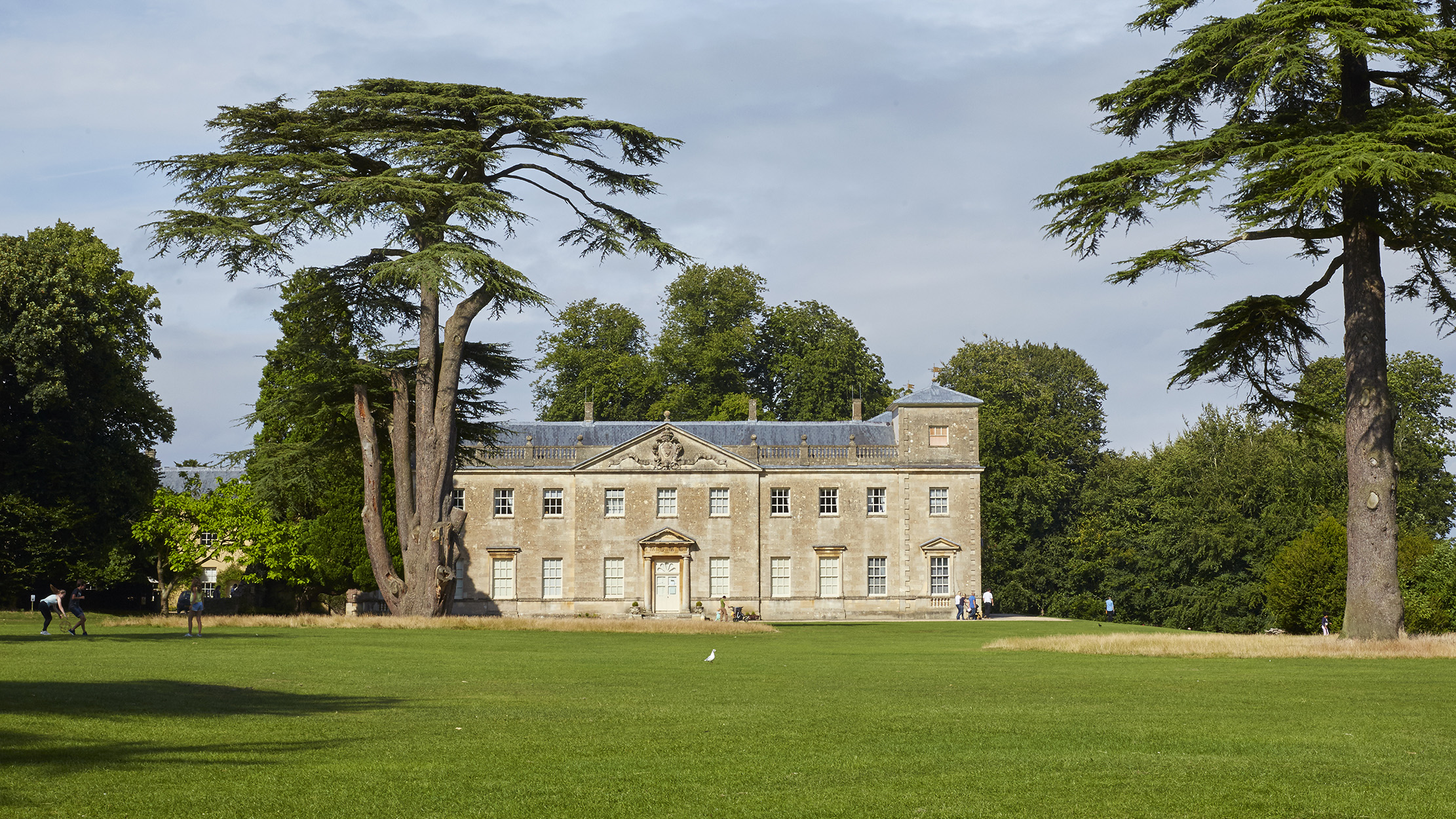 The Mansion Tax is here: Who will be hit, when and for how much
The Mansion Tax is here: Who will be hit, when and for how muchChancellor of the Exchequer Rachel Reeves has announced that the mansion tax will come into force in England and Wales from April 2028.
By Toby Keel Published
